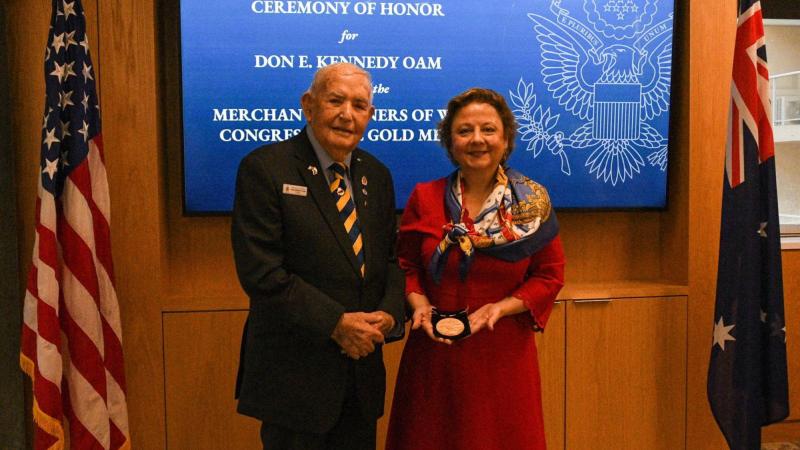Maroondah City Council is continuing its rollout of new LED technology to the city’s street lights – a move that will save about 455 tonnes of greenhouse emissions per year.
The phased Streetlight changeover campaign has already seen more than 5,000 of P-Category (pedestrian area) street lights replaced with LED alternatives.
The next phase of the project with take place between March and June 2020 and involves replacing 1,079 V-Category globes with high-performance LED technology across the municipality.
Category ‘V’, or Category Vehicular, are generally referred to as ‘Major Public Lighting’. This category is used on roads where the visual requirements of motorists are dominant.
Cr Paul Macdonald, a representative on the Maroondah Environment Advisory Committee, said the changeover to LED lighting would cut almost 10,000 tonnes of greenhouse emissions and save around $4.2 million in energy and maintenance costs over the 20-year lifespan of the technology.
“By changing the existing high pressure sodium and mercury vapour lamps with LED lights across the city, we are reducing our greenhouse gas emissions, reducing our energy and maintenance costs and making light levels more consistent across the city,” Cr Macdonald said.
“Council will save 455 tonnes of gas emissions each year – that’s equivalent to taking 106 cars off the road annually,” he said.
Between March 2015 and October 2018, 5390 mercury vapour lights were replaced with high-performance LED alternatives on local residential streets across the municipality.
“Significant greenhouse gas and cost savings have already been achieved for street lights on our residential streets by replacing 83% of them with energy-efficient alternatives,” Cr Macdonald said.
“By reducing the money spent on energy bills for lighting our city, Council is able to redirect savings to other important projects to improve services and amenities for our residents.
“Significant actions to reduce greenhouse gases in the short term will also be important to reduce the long-term impacts of climate change,” he said.
Cr Macdonald said the LED lighting system was the most energy efficient lighting available and approved by AusNet, the distribution company that owns the lighting infrastructure.
“Victorian trials have demonstrated the superior performance of these globes. Specifically, the LED lights will bring greater uniformity of light across and along the street; better colour rendering and visibility; and less glare and depreciation of the light output over time. The main body of the light and the LED chips will last around 20 years and the light sensors around 10 years,” he said.
Cr Macdonald said that as an added sustainability bonus, around 98 percent of the old light bulbs would be recycled, whether into glass wool insulation for homes, amalgam for the dental industry or components such as steel screws and copper wires.
“It takes less than five minutes to replace a streetlight so any disruption to traffic flow in your street should not last long,” he said.
During the street light changeover, cars can remain parked on streets. Works are expected to take place between 7am and 5pm on weekdays.








